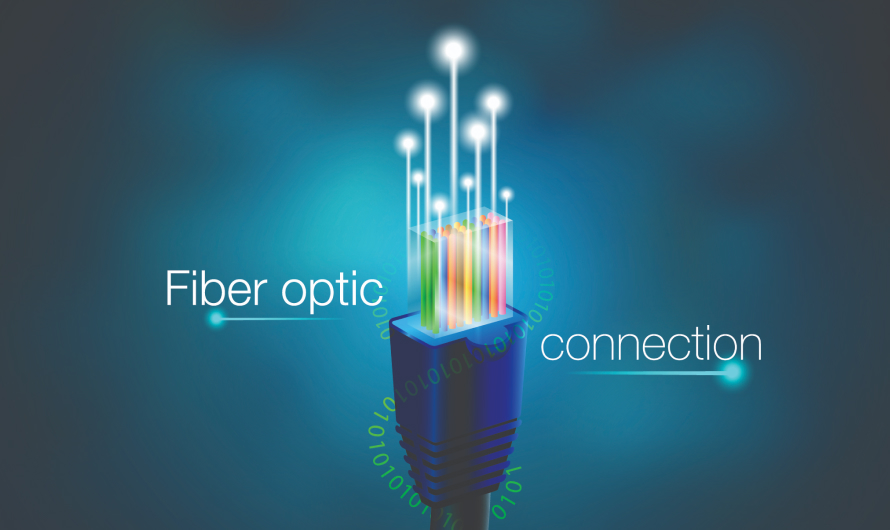The current era of virtual meetings and online classes has replaced the need for broadband. Gone are the days when working professionals, entrepreneurs, and university students preferred wireless broadband connections for their day-to-day activities.
Buy Airtel Wi-Fi with exciting benefits!
Since broadband has taken a backseat, many people have started to rely on the latest technology called fiber internet commonly known as fiber net. It uses fiber optic cables for sending data at a high internet speed. While speed is one of the major advantages of these cables, it is important to consider a few of the other pros and cons too!
In this article, you’ll find a detailed list of the advantages and disadvantages of fiber-optic cables. Let’s take a look below:
Bandwidth
Here’s the thing. Fiber-optic cables have a much better bandwidth as compared to copper cables. Why? The volume of data that these cables transmit per unit is usually high. So, it allows you to do everything right from uploading and downloading files, joining team calls, and attending virtual classes at a faster internet speed.
Security
In the current advent of cyberattacks, fiber-optic connections are your saviour. It is one of the trusted connections, as it does not radiate electromagnetic energy. Therefore, these emissions are not intercepted easily.
Distance
Now, fiber internet is a great choice for longer distances. Why? It usually carries signals beyond 328-foot limit. For instance, even a 10 Gbps single-mode fiber cable can easily send signals up to 25 miles. However, it is important to note that the actual distance highly depends on the cable type, wavelength, and network.
Size
Optical fibers are thinner and to your surprise, they can also be drawn to a smaller diameter as compared to copper cables. This, in turn, helps them to fit perfectly in times of space crunch.
Scalability
Fiber optics are much more scalable than any other type of cable. For instance, if your business expands in the future, fiber optics can be scaled to meet the requirements of your business accordingly. Additional equipment and cables can be installed to make more room for the network expansion.
Interference
Due to their physical properties, fiber-optic cables are resistant to electromagnetic interference. Therefore, they are more likely to be used in noisy environments, such as high-frequency towers without any concern. This, in turn, results in clearer phone lines and strong internet access.
While there are numerous pros about optical fiber, you should not overlook the downsides of these cables. We’ve enlisted a few of the disadvantages of installing fiber-optic cables, be it at your homes or offices. Here, take a look:
Installation
Installing fiber cables is a daunting activity. They are quite delicate and therefore, they should be strictly installed by highly skilled professionals. If these cables are not handled with the right expertise and care, they are prone to breakage. So, get in touch with the best Internet Service Provider (ISP) to ensure that the job is done in the right manner.
Cost
Since you will need a specialist to install the cable, the cost of installation is slightly high. So, see to it that you check with the ISP about the charges beforehand.
Regional Availability
Now, fiber-optic technology is relatively new. Due to its newness, many regional areas aren’t aware of its availability. So, confirm with your ISP about its access in your region.
In a nutshell, fiber-optic cables have their set of pros and cons. But, since their advantages are significant, it has gained momentum in communication networks. Therefore, a staggering number of businesses are willing to facilitate fiber-optic cables.
Since there are numerous providers offering optical fiber, see to it that you choose the best fiber optic broadband like Airtel to ensure you receive the best of everything. Then, critically evaluate their offerings, costs, and features before deciding on anything. Good luck!


 Get App
Get App  Airtel Store
Airtel Store  Login
Login 


